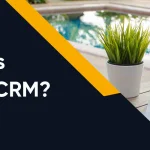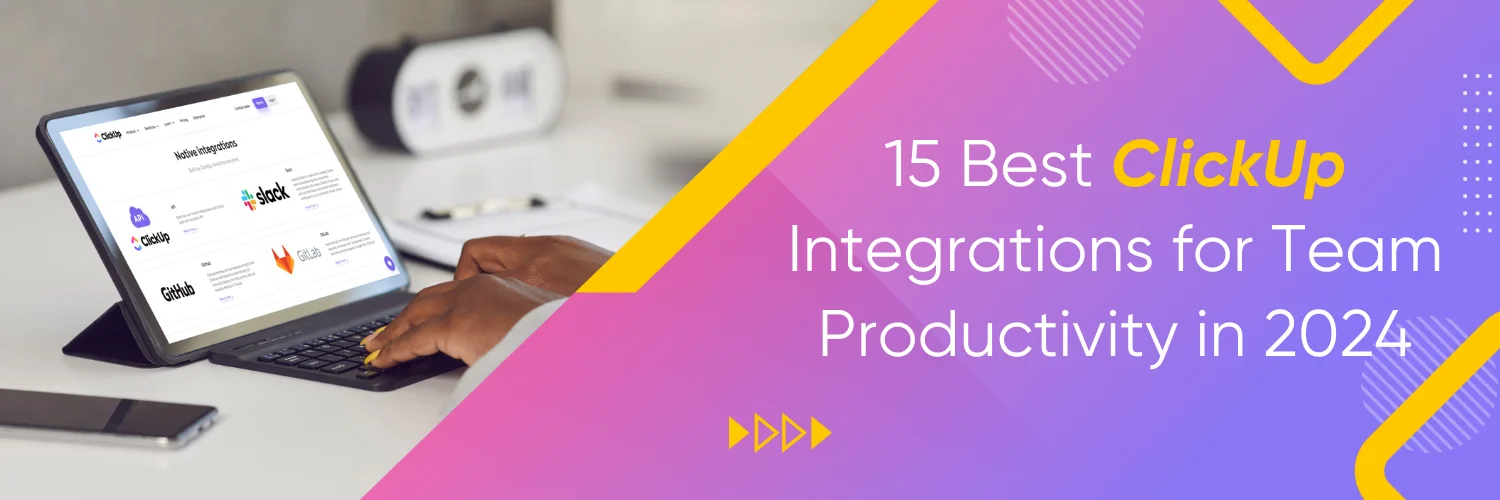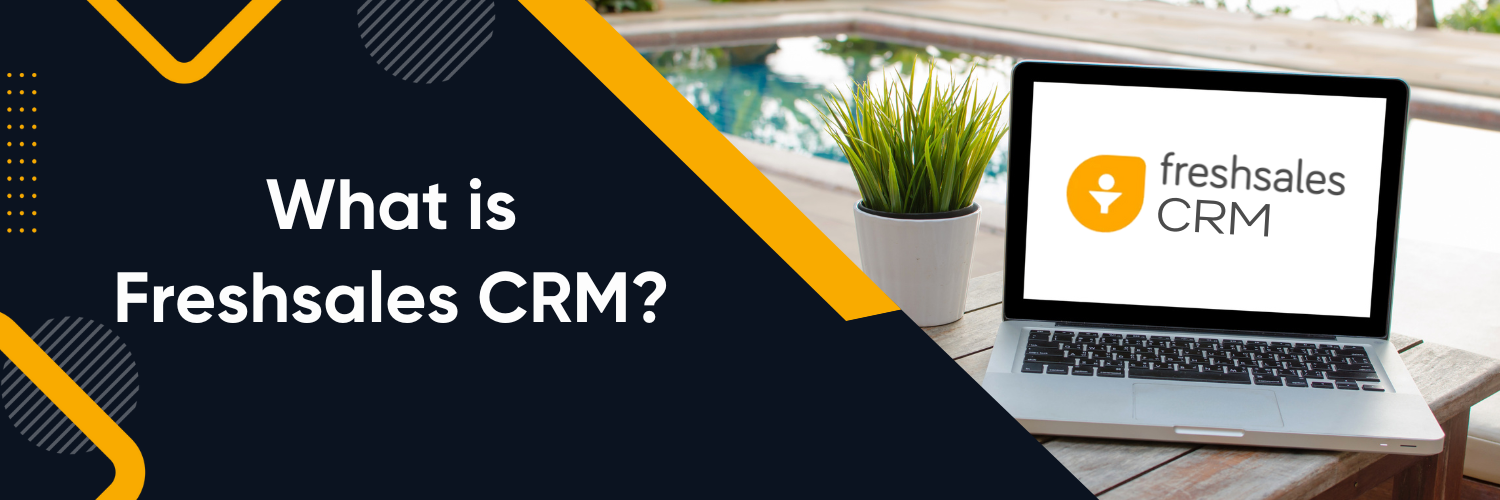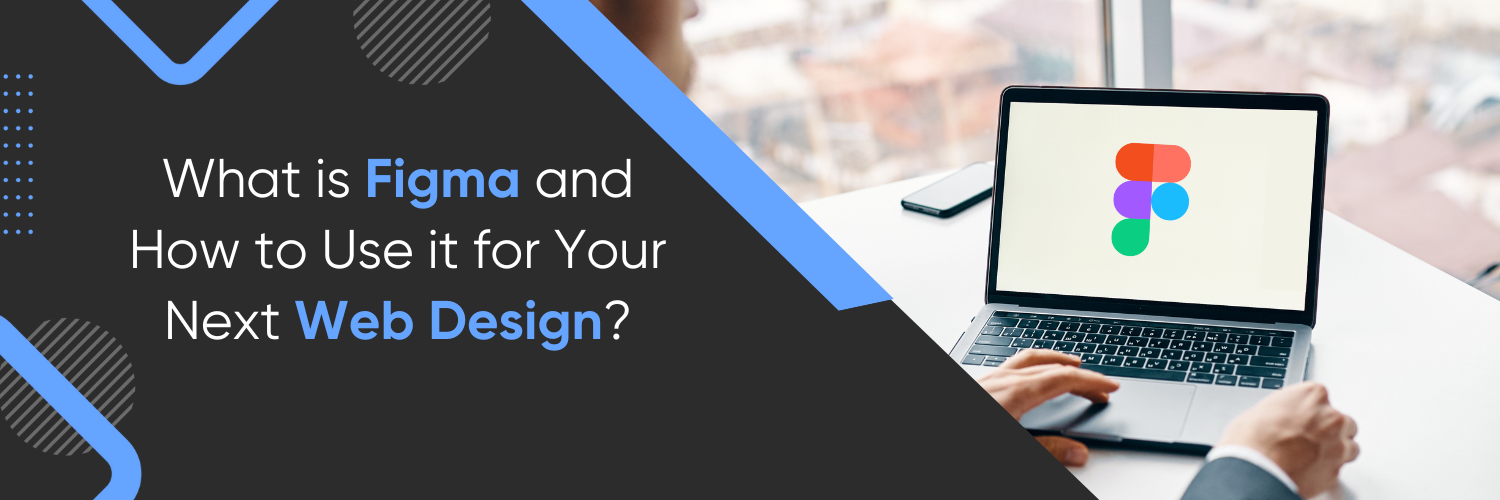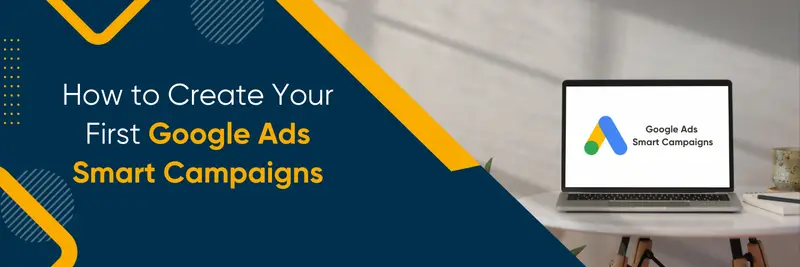Lead generation can be tough for businesses. From finding potential customers to turning them into leads, it’s a journey with its challenges. Let’s face these challenges together and explore some strategies and tips to make lead generation easier. Let’s get started.
What is Lead Generation?
Lead generation is about capturing people’s interest in a product or service. These interested people are called leads, and they might become paying customers in the future.
Why is Lead Generation Crucial for Small Businesses?
For small businesses, lead generation is the lifeblood that fuels growth. Small businesses often don’t have the brand recognition of larger competitors, so attracting new customers can be challenging. Through lead generation, small businesses can reach out to a broader audience, establish connections with potential customers, and ultimately increase sales. Efficient lead generation can also help in building brand awareness and creating a loyal customer base, which is essential for sustainable growth.
8 Lead Generation Strategies
Content Marketing
Content marketing is about creating and sharing high-quality, relevant, and valuable content to attract and engage a target audience. By establishing trust and providing value, content marketing helps in converting prospects into customers and customers into repeat buyers.
Blogging
Blogging is one of the most effective content marketing strategies. Regularly posting informative and engaging blog posts on topics relevant to your industry can help establish your business as an authority. This, in turn, builds trust with your audience. Including a call-to-action at the end of your blogs encouraging visitors to subscribe or contact you can help in generating leads. Make sure your blogs are SEO-optimized to drive organic traffic.
eBooks and Whitepapers
eBooks and Whitepapers are detailed guides on specific topics. By offering them in exchange for contact information, you can generate qualified leads. These documents should offer in-depth knowledge and insights that your audience finds valuable. Promote your eBooks and Whitepapers through social media, email marketing, and your website to reach a larger audience.
Webinars
Webinars are live, online presentations on a specific topic. Hosting webinars can help you attract an audience interested in what you have to say. By requiring attendees to register, you can collect their contact information for follow-up communications. Promote your webinars through social media and email campaigns for better attendance.
Social Media Marketing
Social media platforms are excellent for connecting with your audience and generating leads.
Facebook Lead Ads
Facebook Lead Ads allow you to run ads specifically designed to capture lead information without leaving Facebook. You can customize your ads to target specific demographics and collect information through forms that users fill out.
LinkedIn for B2B Leads
LinkedIn is particularly effective for B2B lead generation. You can use LinkedIn ads targeting professionals based on industry, job title, and other criteria. Joining and participating in LinkedIn groups related to your industry is also a good way to connect with potential leads.
Instagram Stories
Instagram Stories allow you to post photos and videos that vanish after 24 hours. Use engaging visuals, and include call-to-actions like “Swipe Up” to guide viewers to landing pages or product listings.
Best Practices for Lead Generation
Regularly Update and Optimize Content
Content is the foundation of lead generation strategies. As such, it’s essential to keep your content fresh, relevant, and updated to reflect the latest trends and industry insights. Regularly revisiting and revising your content, such as blog posts, webinars, eBooks, and whitepapers, ensures they continue to provide value to your audience and maintain their SEO value. Moreover, Google tends to favor updated content, which can improve your search engine rankings. Optimization also involves analyzing your content’s performance, such as engagement and conversion rates, to identify what works best and what needs improvement.
Engage with Leads through Multiple Channels
Successful lead generation involves connecting with your audience wherever they are. To build and sustain relationships with leads, it’s important to interact with them across multiple platforms. These can include social media networks, email, your website, blog, and even offline channels like events or meetings. Responding to comments, answering queries, sharing relevant content, and keeping an active presence on these channels helps in fostering trust and keeping your brand top-of-mind.
Personalize the Sales Funnel
Every lead is unique, and thus their journey through your sales funnel should be as well. Tailoring your sales funnel based on the preferences, behaviors, and needs of your leads can significantly enhance engagement and conversion rates. This can involve sending personalized emails, providing product recommendations based on browsing history, or even tailoring the user experience on your website. Using automation tools can make the personalization process more efficient and effective. Remember, the goal is to make each lead feel like your content and marketing messages are created specifically for them.
Monitor and Optimize Campaign Performance
Monitoring and optimizing your lead generation campaigns is critical to ensure your efforts are delivering the desired results. Use analytics tools to track key performance metrics such as conversion rate, cost per lead, and ROI. These metrics will provide insights into the effectiveness of your campaigns and identify areas for improvement. Continuous optimization may involve tweaking elements of your campaign such as ad copy, design, targeting parameters, or even the channels used. Remember, effective lead generation is a cyclical process of testing, monitoring, learning, and optimizing.
B2B vs B2C Lead Generation
B2B lead generation focuses on attracting businesses as potential customers by targeting specific industries, understanding their pain points, and offering tailored solutions. On the other hand, B2C lead generation targets individual consumers, understanding their behavior, identifying demographics, and crafting strategies to appeal to their interests and preferences.
How to Start a Lead Generation Business?
Starting a lead generation business requires market research, strategic planning, and a solid understanding of digital marketing techniques. Key steps include identifying your target market, building a network of contacts, and developing effective lead generation strategies.
For those who find the process daunting or lack the expertise, turning to lead generation agencies can provide the necessary support and expertise to kickstart their business endeavors.
What is a Lead Generation Agency?
A lead generation agency specializes in helping businesses attract and convert leads. They offer a range of services including strategy development, campaign execution, and lead nurturing to help businesses grow their customer base and increase revenue.
If you are interested to learn more how a lead generation agency can help your business, consider Ubique Digital Solutions. Our expertise spans multiple channels and techniques, helping you create a robust and integrated lead generation strategy. Reach out to us today.
FAQs
Q: How Can Small Businesses Benefit from Lead Generation?
Lead generation can help small businesses by expanding their customer base, increasing brand awareness, and boosting sales. It helps to engage with prospects, understand their needs, and build relationships that may translate into business.
Q: What Are the Most Effective Lead Generation Strategies for Small Businesses?
The most effective strategies vary depending on the business, but usually include content marketing, email marketing, social media marketing, SEO, PPC advertising, and utilizing lead generation tools and software.
Q: How to Measure the Success of Lead Generation Efforts?
Success in lead generation can be measured using various metrics such as the number of new leads acquired, conversion rate, cost per lead, and ROI. Monitoring these metrics helps in understanding the effectiveness of lead generation strategies and making necessary optimizations.



